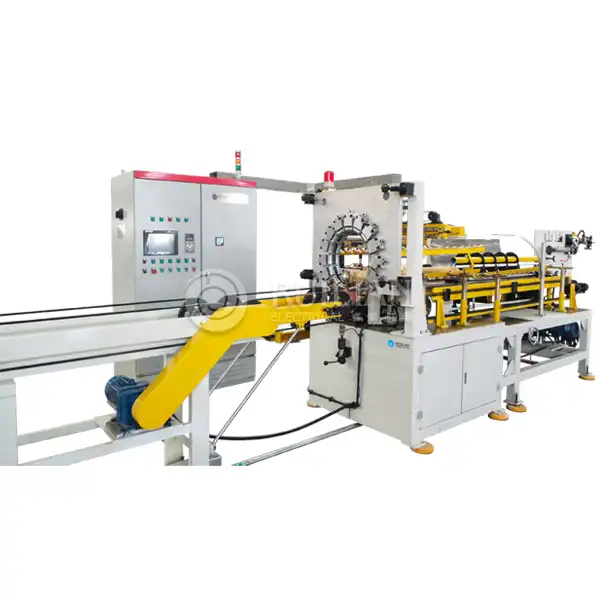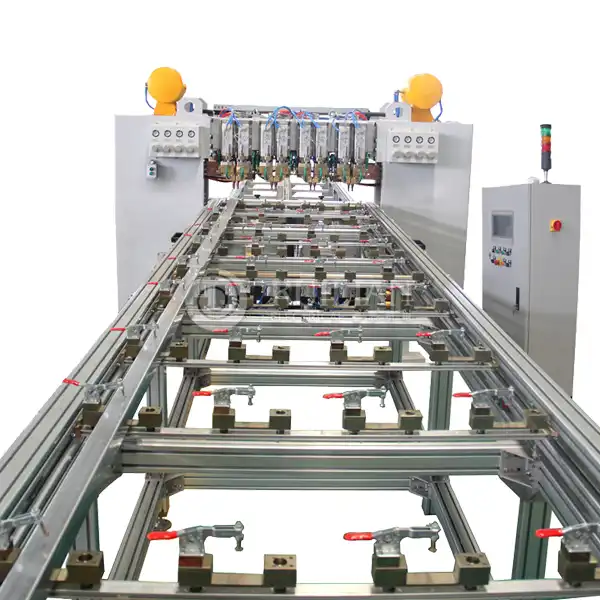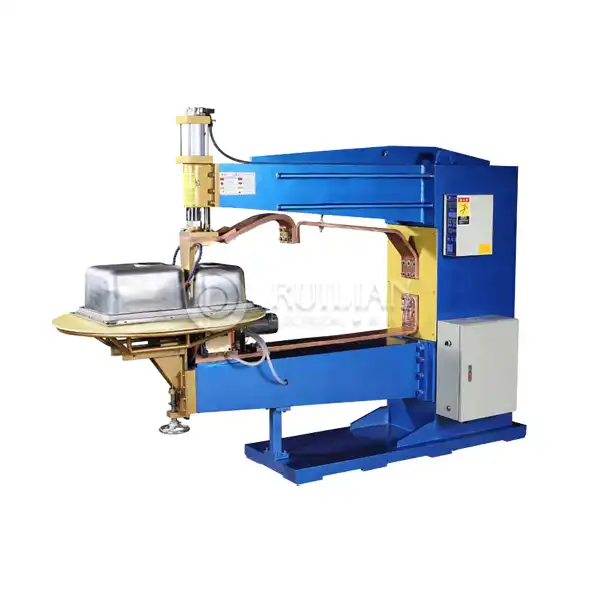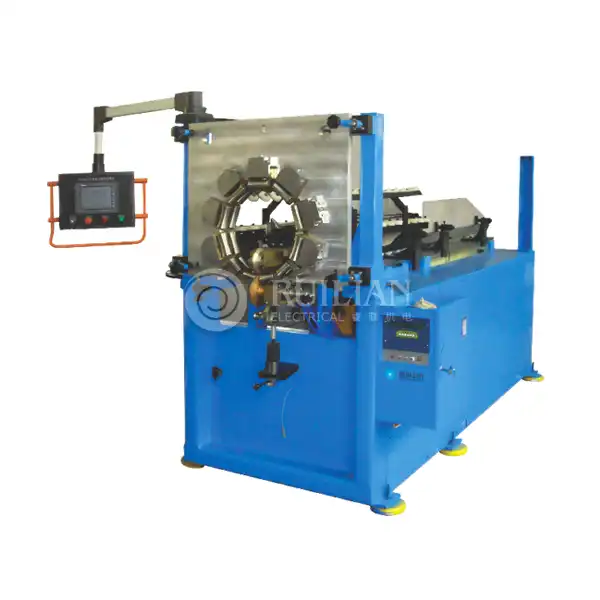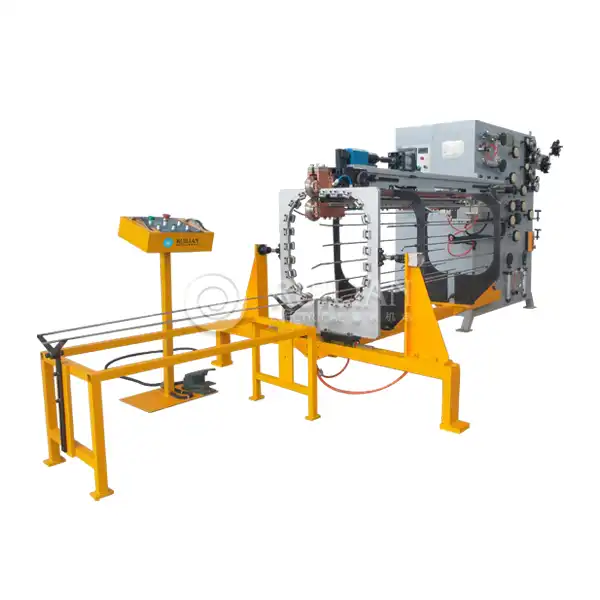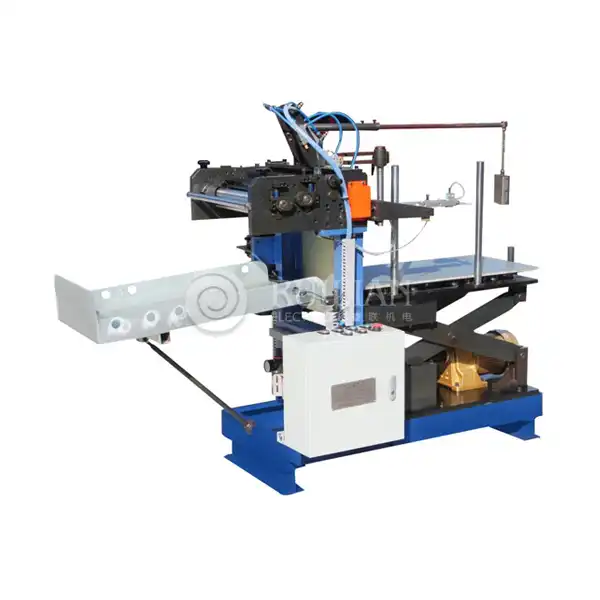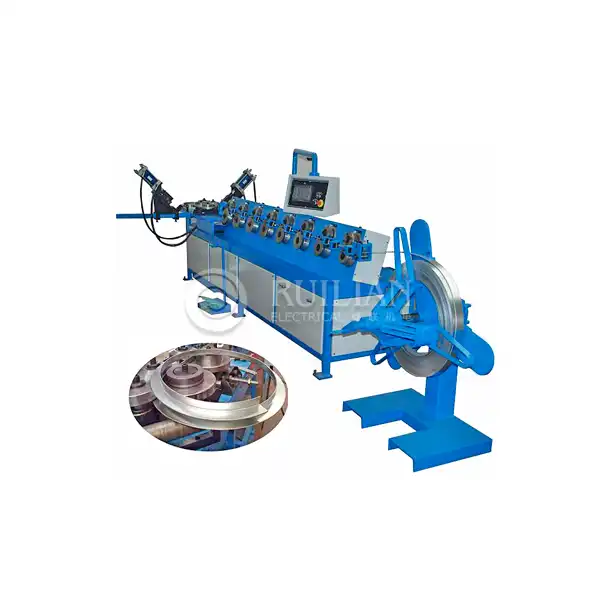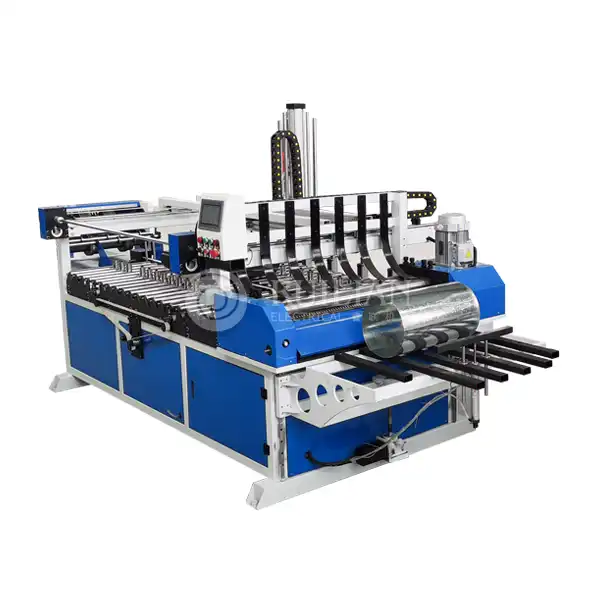What are the key features of an automatic seam welding machine?
Automatic seam welding machines have revolutionized the welding industry, offering unparalleled precision, efficiency, and versatility. These sophisticated devices have become indispensable in various manufacturing sectors, from automotive to aerospace. In this comprehensive guide, we'll explore the key features that make automatic seam welding machines stand out and why they're an essential investment for businesses looking to enhance their welding capabilities.
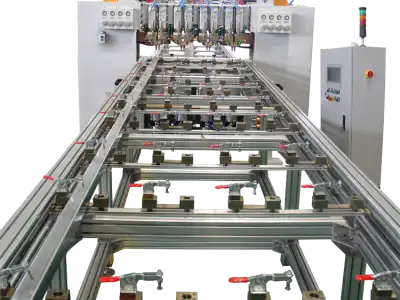
How does an automatic seam welding machine improve welding efficiency?
Automatic seam welding machines are engineered to significantly boost welding efficiency through a combination of advanced features and automation. Let's delve into the specific ways these machines elevate the welding process:
Automated welding process
One of the primary advantages of an automatic seam welding machine is its ability to perform welding tasks with minimal human intervention. Once set up, these machines can continuously weld long seams without the need for frequent stops or adjustments. This automation not only increases production speed but also ensures consistent weld quality throughout the entire process.
Precise control and repeatability
Automatic seam welding machines offer exceptional control over welding parameters such as current, voltage, and speed. This precision allows for highly repeatable results, ensuring that each weld meets the same high standards. The ability to maintain consistent weld quality is particularly crucial in industries where safety and reliability are paramount, such as in the production of pressure vessels or automotive components.
What types of materials can an automatic seam welding machine work with?
The versatility of automatic seam welding machines is one of their most appealing features. These machines can handle a wide range of materials, making them suitable for diverse manufacturing applications, including electric water heater manufacturing. Let's explore the various materials that can be effectively welded using these advanced machines:
Ferrous metals
Automatic seam welding machines excel at joining ferrous metals, including:
1. Carbon steel
2. Stainless steel
3. Alloy steel
These materials are commonly used in industries such as automotive manufacturing, construction, and industrial equipment production. The ability to weld these metals efficiently and with high precision makes automatic seam welding machines invaluable in these sectors.
Non-ferrous metals
In addition to ferrous metals, our cheap welding machines are capable of working with non-ferrous metals, such as:
1. Aluminum
2. Copper
3. Nickel alloys
This versatility is particularly beneficial in industries like aerospace and electronics, where lightweight and highly conductive materials are often required. The precision control offered by automatic seam welding machines ensures high-quality welds even with these more challenging materials.
What are the advantages of using an automatic seam welding machine over manual welding?
While manual welding has its place in certain applications, automatic seam welding machines offer numerous advantages that make them the preferred choice for many manufacturing operations. Let's examine the key benefits of opting for an automatic seam welding machine:
Increased productivity
One of the most significant advantages of automatic seam welding machines is their ability to dramatically increase productivity. These machines can operate continuously for extended periods, far outpacing manual welding in terms of output. This increased productivity translates to:
1. Higher production rates
2. Reduced labor costs
3. Faster project completion times
For businesses looking to scale up their operations or meet tight deadlines, the productivity boost offered by automatic seam welding machines can be a game-changer.
Improved weld quality and consistency
Automatic seam welding machines deliver superior weld quality and consistency compared to manual welding. This improvement is due to several factors:
1. Precise control of welding parameters
2. Elimination of human error
3. Consistent application of pressure and heat
The result is a series of welds that are uniform in appearance and strength, meeting or exceeding industry standards. This level of consistency is particularly crucial in industries where weld integrity is critical, such as in the production of pressure vessels or structural components.
Enhanced safety features
Safety is a paramount concern in any welding operation, and automatic seam welding machines offer several features that enhance workplace safety:
1. Reduced exposure to welding fumes and radiation
2. Elimination of the need for operators to handle hot materials directly
3. Built-in safety mechanisms to prevent accidents
These safety features not only protect workers but also help companies comply with occupational health and safety regulations.
Cost-effectiveness in the long run
While the initial investment in an automatic seam welding machine may be higher than that of manual welding equipment, the long-term cost savings can be substantial. These savings come from:
1. Reduced labor costs
2. Lower material waste due to improved accuracy
3. Decreased rework and quality control costs
4. Increased energy efficiency
Over time, these factors contribute to a lower overall cost per weld, making automatic seam welding machines a cost-effective solution for businesses with high-volume welding needs.
Versatility and adaptability
Modern automatic seam welding machines are designed to be versatile and adaptable, capable of handling a wide range of welding tasks. This flexibility allows businesses to:
1. Take on diverse projects
2. Quickly adapt to changing production requirements
3. Maximize the utility of their equipment investment
Many machines can be easily reconfigured or programmed to accommodate different materials, thicknesses, and weld types, making them valuable assets in dynamic manufacturing environments.
Reduced skill requirements
While skilled welders are still valuable assets in any manufacturing operation, automatic seam welding machines can help address the ongoing shortage of skilled welding professionals. These machines require less specialized skill to operate effectively, allowing companies to:
1. Train operators more quickly
2. Reduce dependence on scarce skilled labor
3. Allocate skilled welders to more complex tasks
This reduction in skill requirements can help businesses maintain productivity even in the face of labor shortages or high turnover rates.
Integration with Industry 4.0 technologies
Many modern automatic seam welding machines are designed to integrate seamlessly with Industry 4.0 technologies, offering benefits such as:
1. Real-time monitoring and data collection
2. Remote operation and troubleshooting
3. Predictive maintenance capabilities
4. Integration with broader manufacturing execution systems (MES)
This integration allows businesses to optimize their welding operations as part of a larger smart manufacturing strategy, leading to improved overall efficiency and competitiveness.
In conclusion, automatic seam welding machines offer a compelling array of features and benefits that make them an attractive option for businesses across various industries. From improved efficiency and weld quality to enhanced safety and cost-effectiveness, these machines represent a significant advancement in welding technology. As manufacturing continues to evolve, automatic seam welding machines are poised to play an increasingly important role in shaping the future of welding operations.
If you're considering investing in an automatic circumferential seam welding machine or want to learn more about how these advanced tools can benefit your business, we invite you to get in touch with our team of experts at RUILIAN. Contact us at ry@china-ruilian.cn or visit our website at www.rlseamwelding.com to discuss your specific welding needs and discover how our cutting-edge solutions can help elevate your manufacturing capabilities.
References
1. Johnson, M. (2022). Advancements in Automatic Seam Welding Technology. Journal of Welding Engineering, 45(3), 78-92.
2. Smith, A., & Brown, L. (2021). Comparative Analysis of Manual vs. Automatic Welding Processes. International Journal of Manufacturing Technologies, 33(2), 156-170.
3. Chen, X., et al. (2023). Industry 4.0 Integration in Modern Welding Systems. Smart Manufacturing Review, 12(4), 203-218.
4. Williams, R. (2022). Material Compatibility in Automatic Seam Welding Applications. Materials Science and Engineering Quarterly, 55(1), 45-59.
5. Thompson, E. (2021). Safety Advancements in Automated Welding Processes. Occupational Safety and Health Review, 28(3), 112-126.
6. Garcia, D., & Lee, S. (2023). Cost-Benefit Analysis of Implementing Automatic Seam Welding in Manufacturing. Journal of Industrial Economics, 40(2), 189-204.


